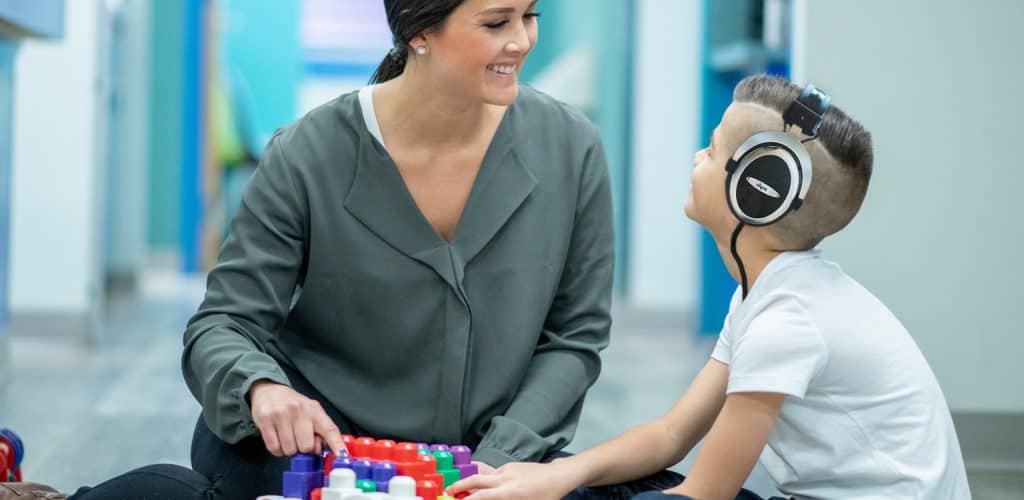| Reviewed by Unyte Clinical Team |
Quiz yourself!
What part of the brain is responsible for the formation of habits?
- A. The hippocampus
- B. The basal ganglia
- C. The amygdala
- D. All of the above
Continue reading to see if you got the correct answer.
Embarking on the journey to adopt new habits often starts with a flurry of New Year’s resolutions, yet maintaining them is a challenge many encounter. While the myth that it takes 21 days to form a new habit is too prescribed to be true, it does highlight an important point: regular repetition is an important ingredient in developing a new habit.
The amount of time it actually takes to form a habit depends upon the difficulty of the task and the level of commitment. It does require effort to form new habits, but with concerted, disciplined effort over a period of time, frequently repeated behaviors can become automatic.
New positive behaviors become habits thanks to the basal ganglia. The basal ganglia are a group of subcortical structures on both sides of the brain best known for coordinating movement and cognitive tasks. They facilitate learning with the help of an important neurotransmitter, dopamine. By operating in the background while learning a motor task or habit, neurons in the basal ganglia are actively connecting with neurons in the prefrontal cortex.
But after a while, it seems that less activity is necessary to perform the task or behavior. This is because it has been “chunked” or organized into a specific associated grouping, a pattern that can now be executed by the basal ganglia without significant involvement from the prefrontal cortex.
Intuitively, you understand that this happens. Think of riding a bicycle. When you sit on the seat and position your hands on the handlebars, your whole body knows what to do without thinking. That’s because the movement is now coordinated without the conscious effort of the prefrontal cortex that was so necessary when you first learned how to ride. The basal ganglia take control, freeing your prefrontal cortex to watch out for any dangers you might encounter.
Looking for suggestions on how to make regular Integrated Listening System (ILS) sessions a habit for your client or child? Remember that consistency is the key.
- Start sessions at a regular time.
- Do it in the same location.
- Make it fun! ILS activities are designed to be fun, and the dopamine released from an enjoyable activity can help a habit to form more quickly.




 © 2025 Unyte Health US Inc.
© 2025 Unyte Health US Inc.